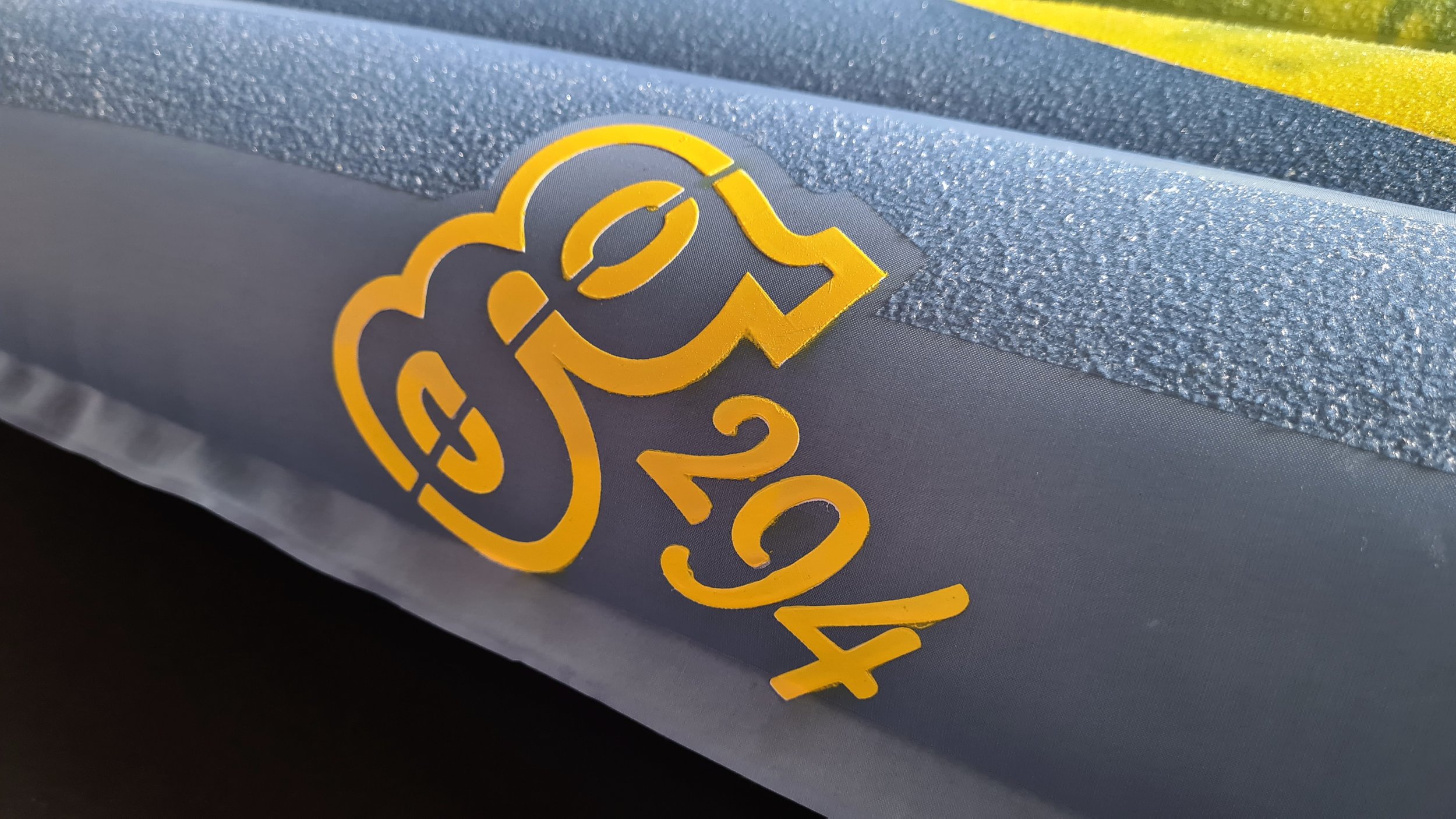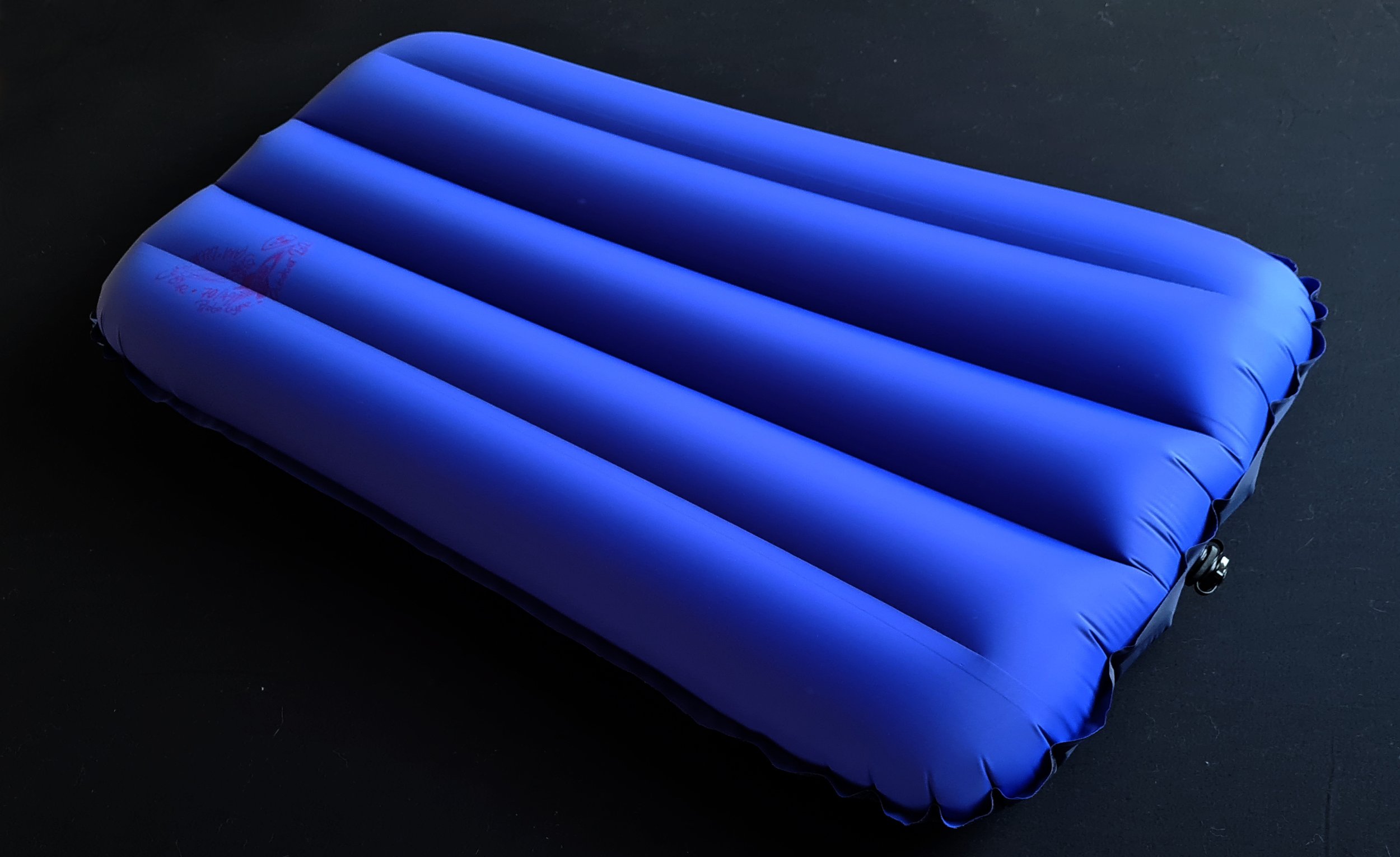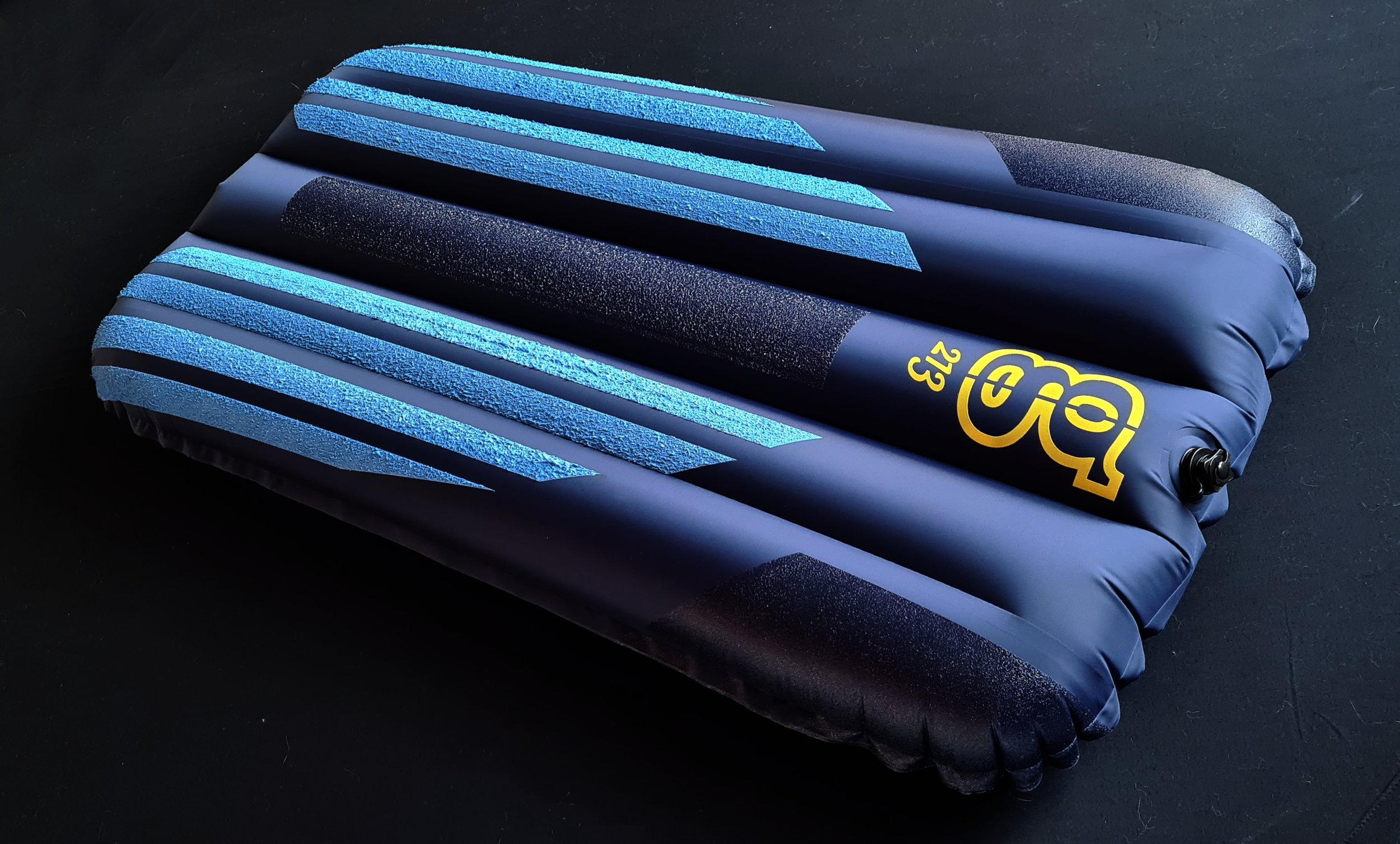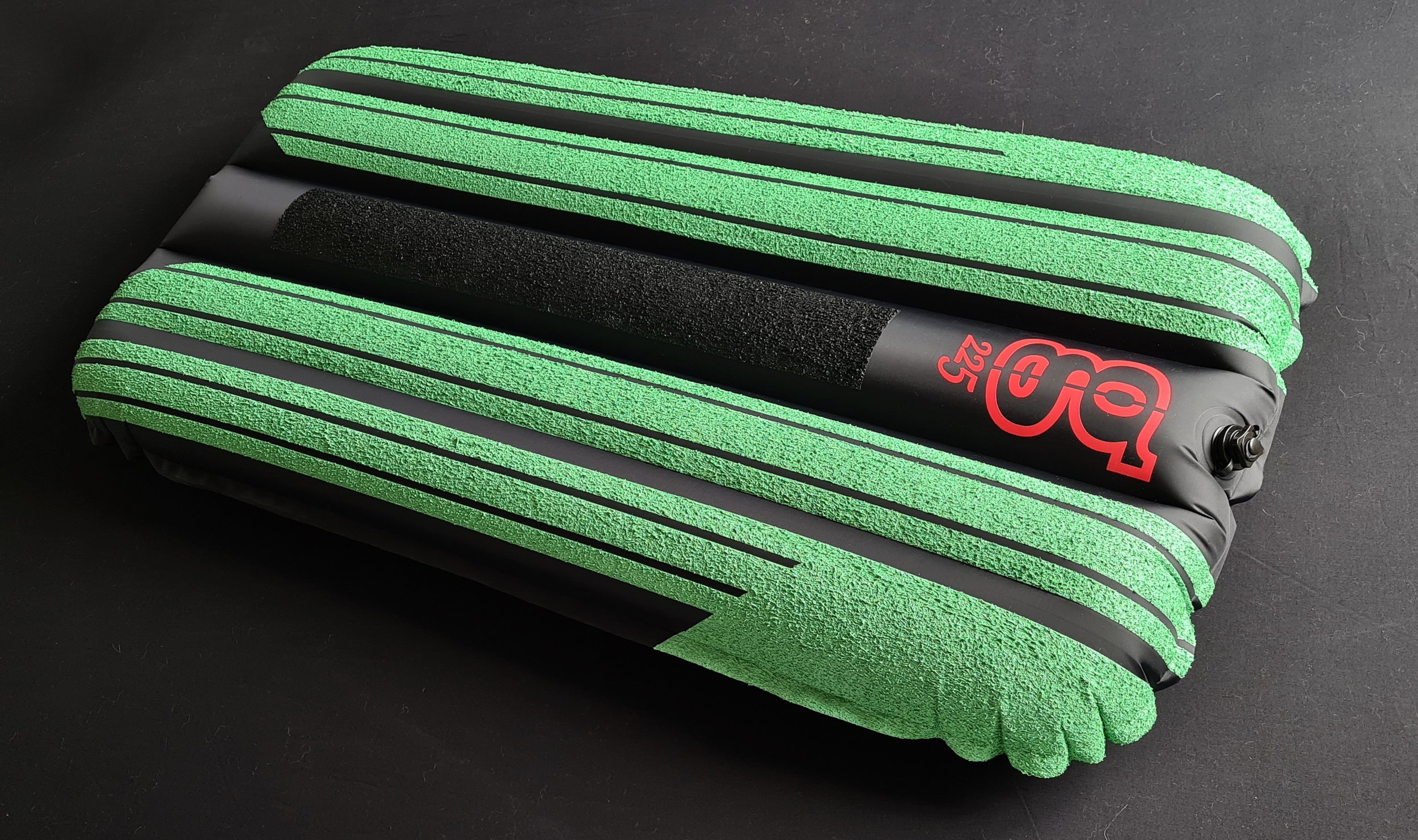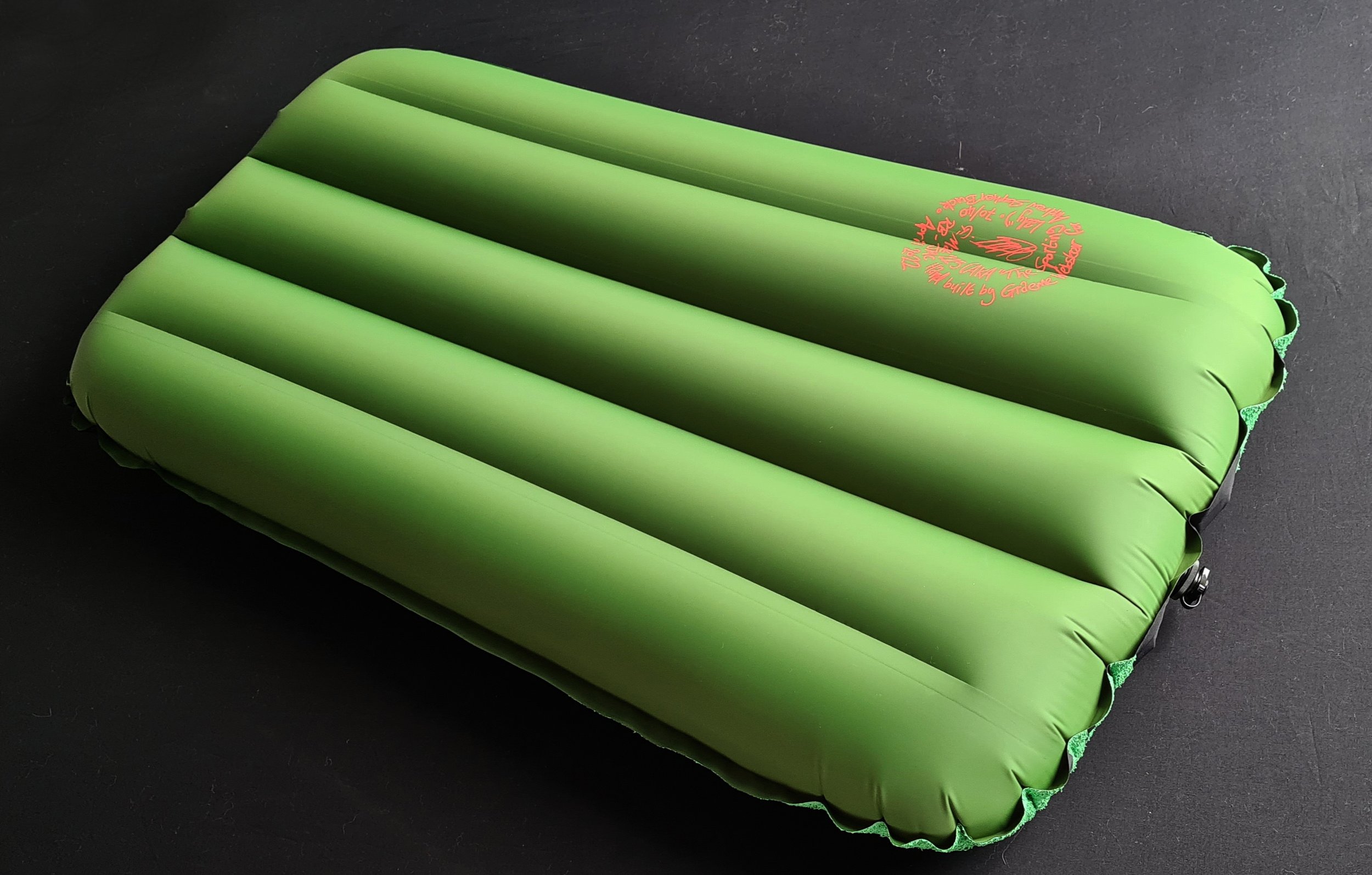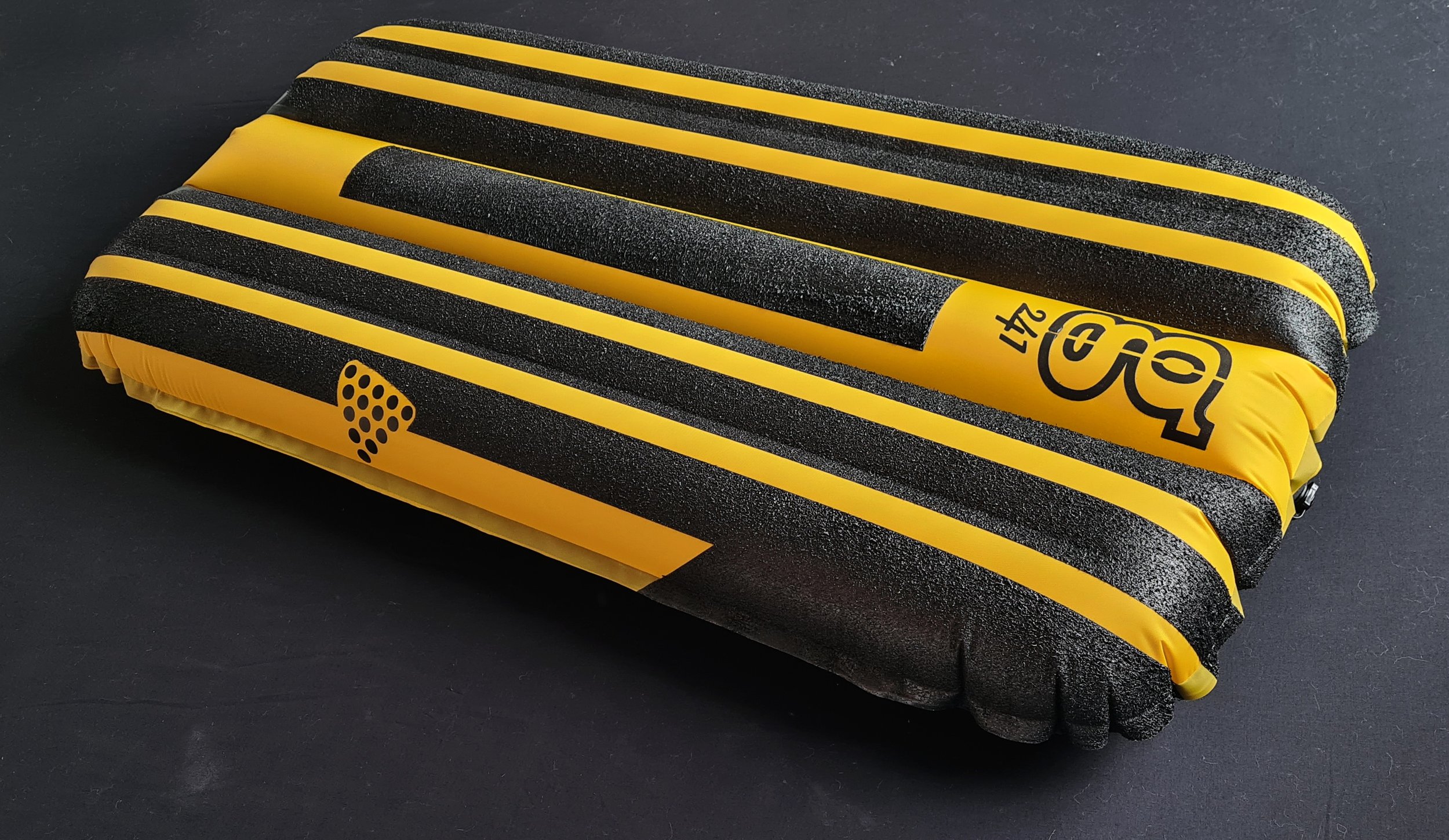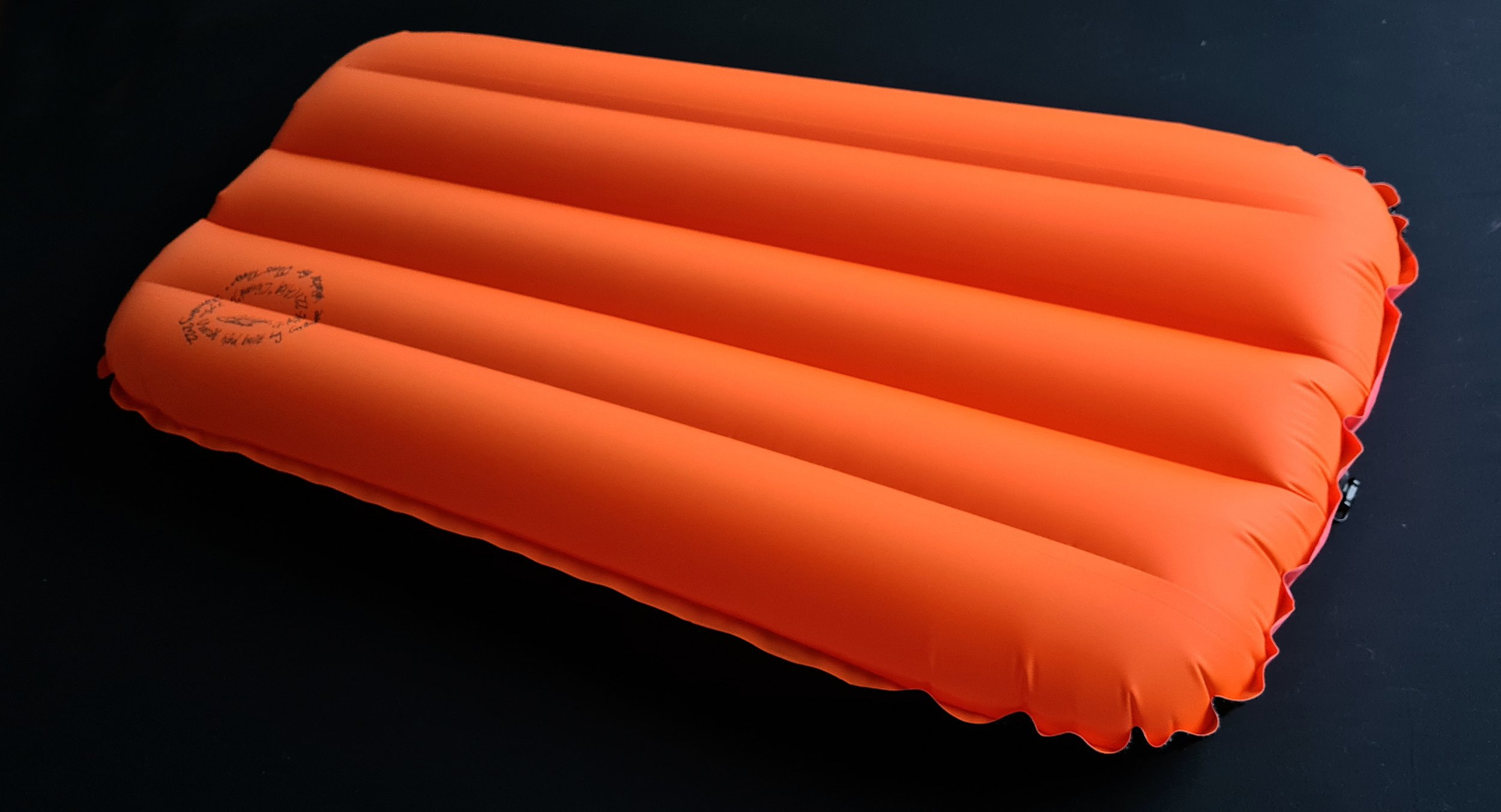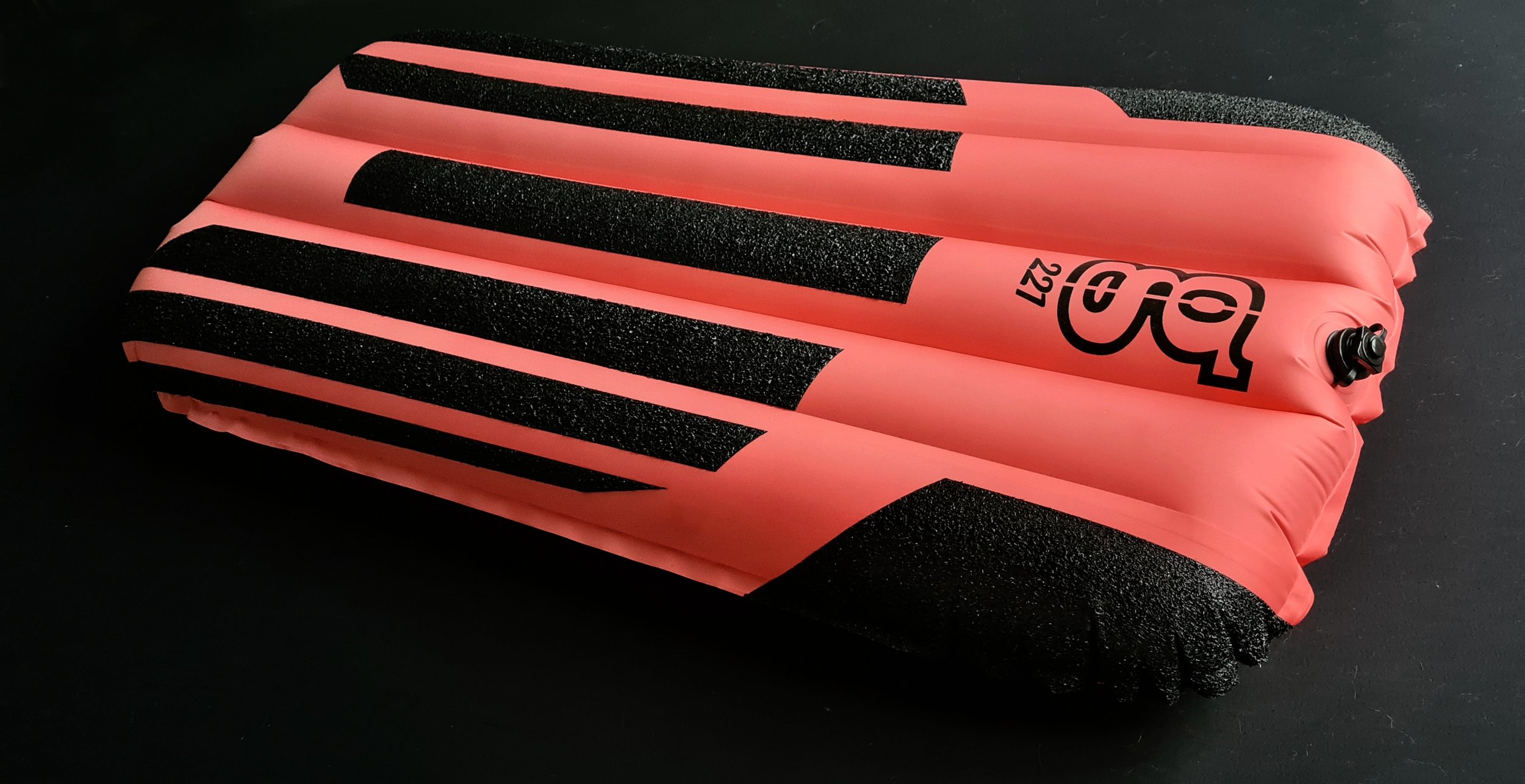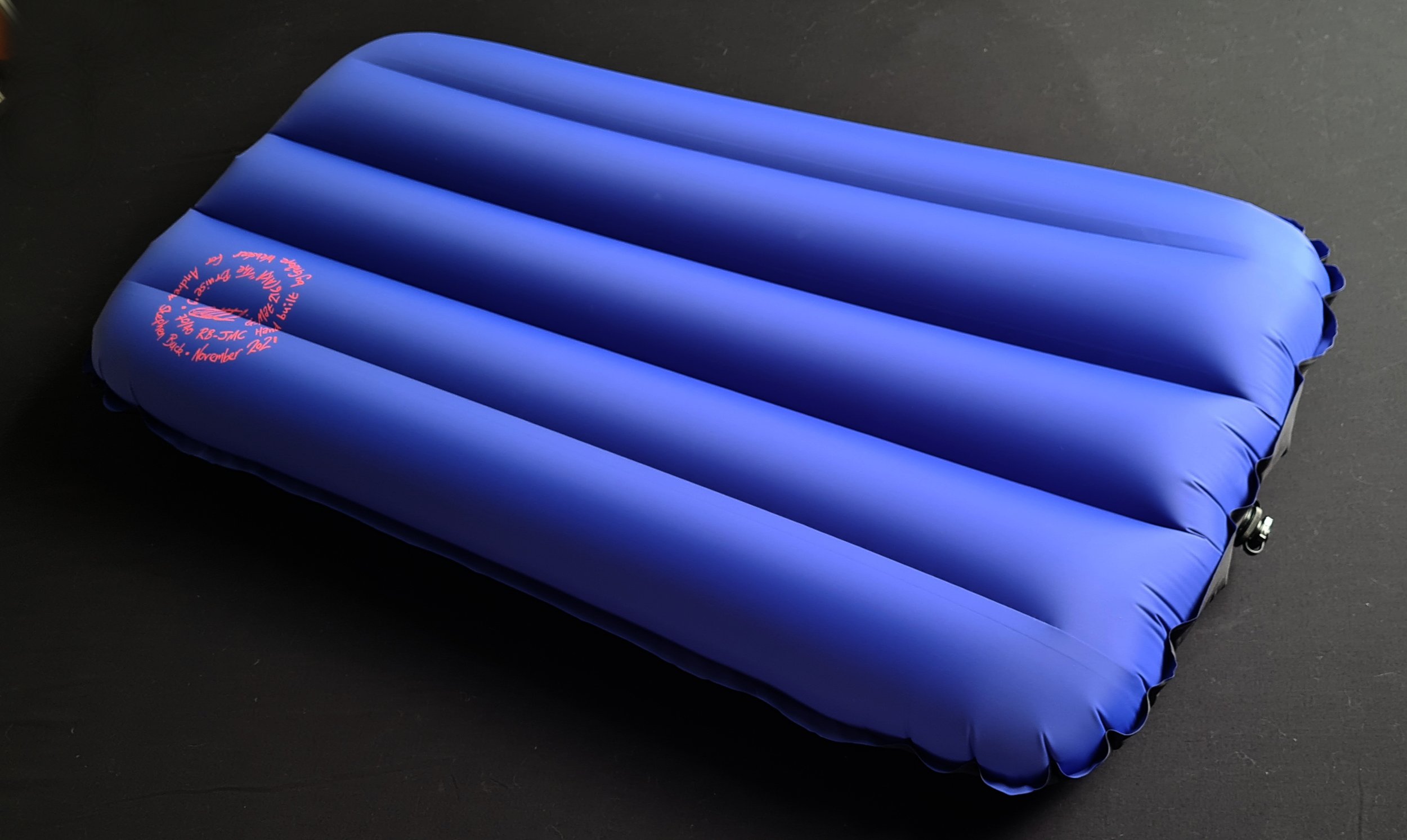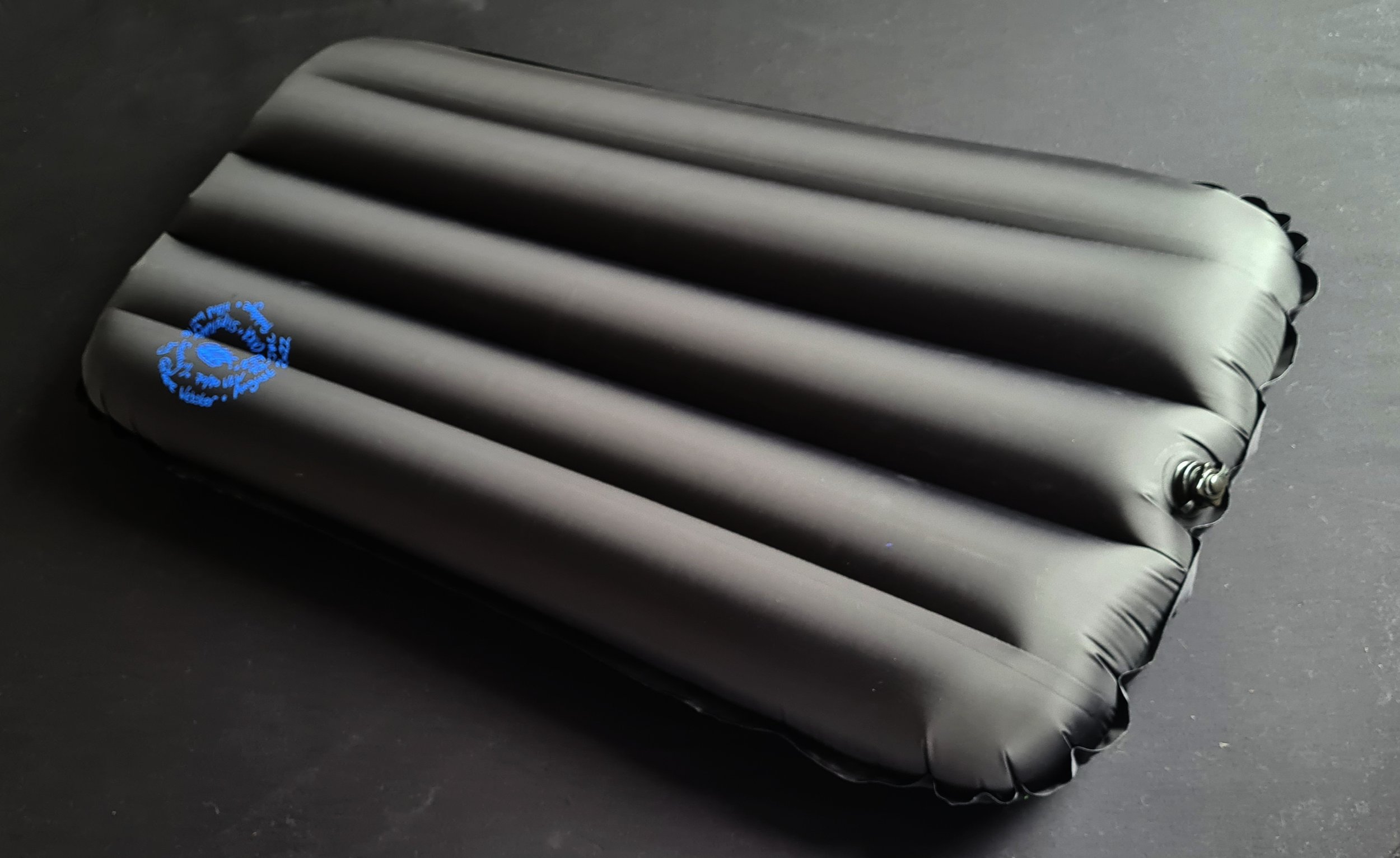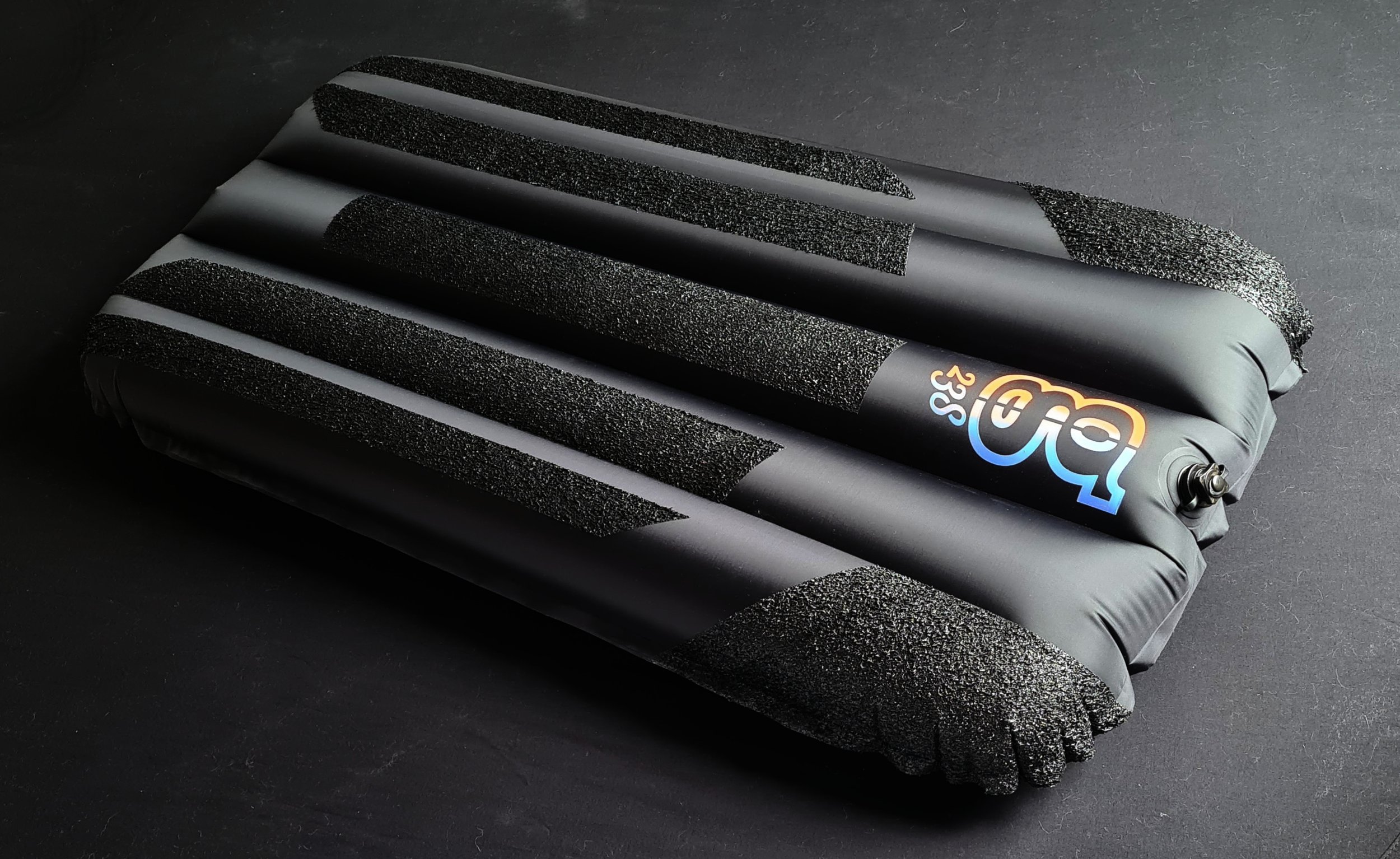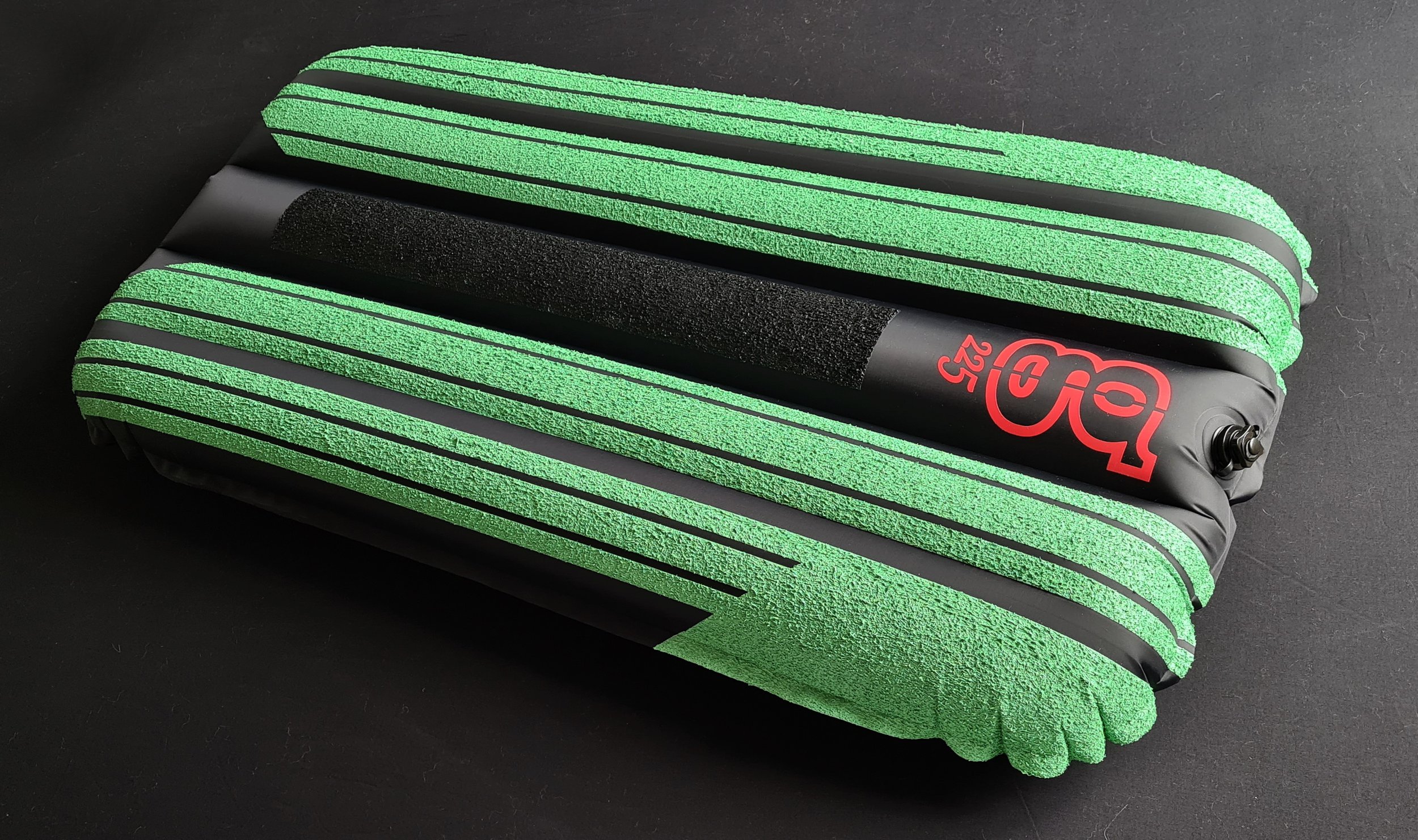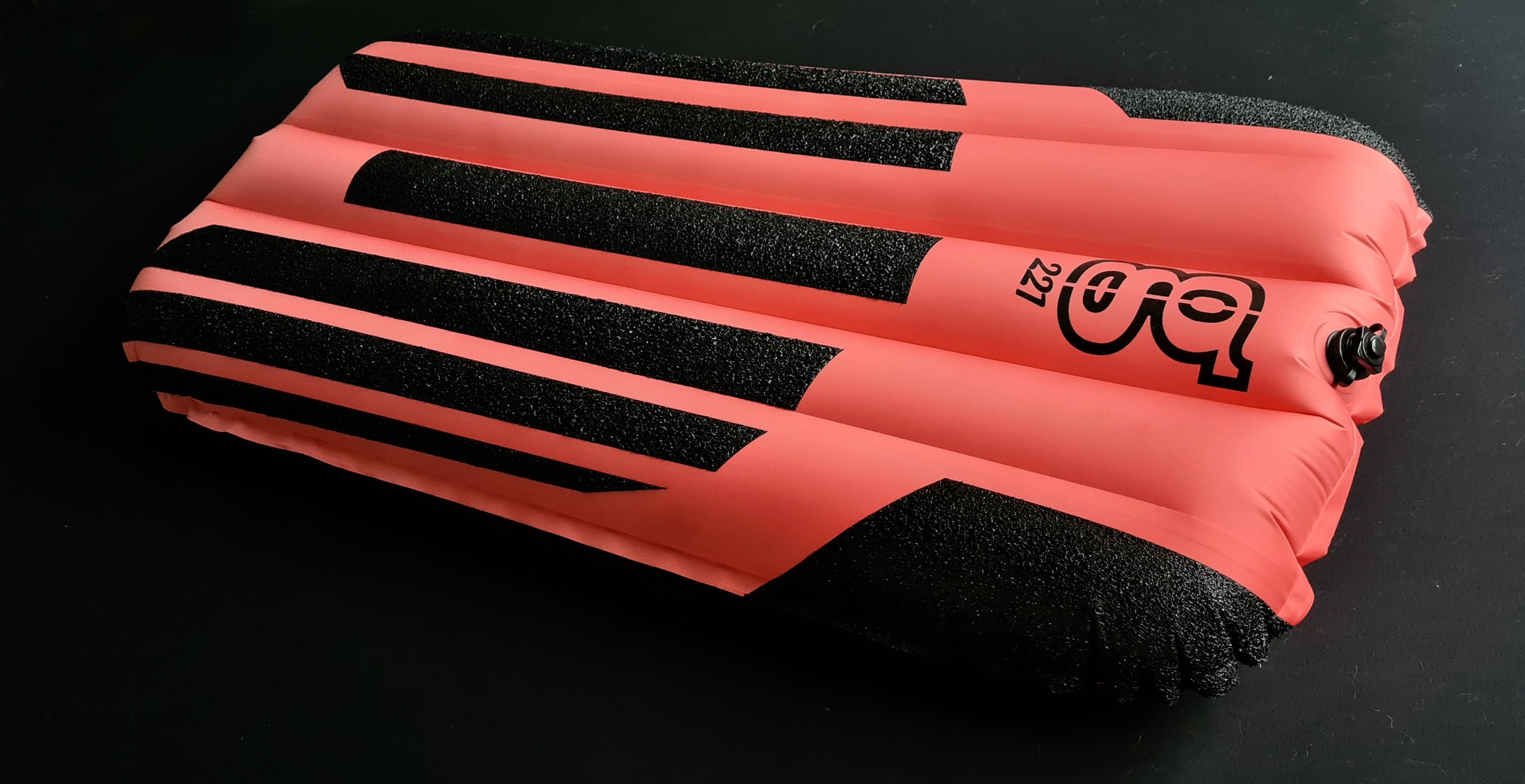Jungle
/Here is a mat for Nicholas Wolken and it's one I've really enjoyed building!
Nico is a well known and very talented snowboarder, co-owner of Korua Shapes Snowboards and a very good surfer. He has been surfing a mat for a few years too and very well. He has an RFT and I have built him a Nouveau Racer named San-B for the juicy days, which has seen some heavy waves.
Last year (or maybe the year before), Nico borrowed an RB-JMC named Caligula from Andrew Buck. Andrew is significantly shorter than Nico so obviously the mat he borrowed was... Well... Short!
Nonetheless, Nico was impressed with the speed and glide and ordered himself an RFT2 (the stock version of the RB-JMC) to have a mat that fit him, but then got a deposit in for a custom. So that left us with a question... What to build?!
We considered a few options. Maybe a Chino Racer to add some variety to the all-rounder part of the quiver? Maybe a Rubber Bucky to have a big ol' glider. But after some deliberation the answer because obvious. An RB-JMC Ultralight!
As a 70/40 Super-Free-Breather, this mat feels, and is very delicate. The criminally light grip job only adds to this with this mat being extremodonculously sensitive. I love the slow drifting levitation of these builds. Rarely pulled out of the bag, save for those rare glassy, dry hair, running peeler, under head high days. In those conditions the sensation is incredible! We added 1/4" to the length just to add a bit of lift at the tail. With Nico's other mats, that's some quiver!
And the name of this mat? Jungle
Nico has a trip to Oz planned. He says:
“Hey G,
Really excited to get grooved in on Jungle . Hoping Australia delivers this August — we’ll be taking it on a full East Coast road trip. Mostly, I’m just looking forward to sharing the experience with some fellow mat enthusiasts. Can’t wait to see what it feels like!”
I'm really excited to hear about the adventures of Jungle and Nico. Have fun Nico and big up the Jungle massive!
Cheers
G






